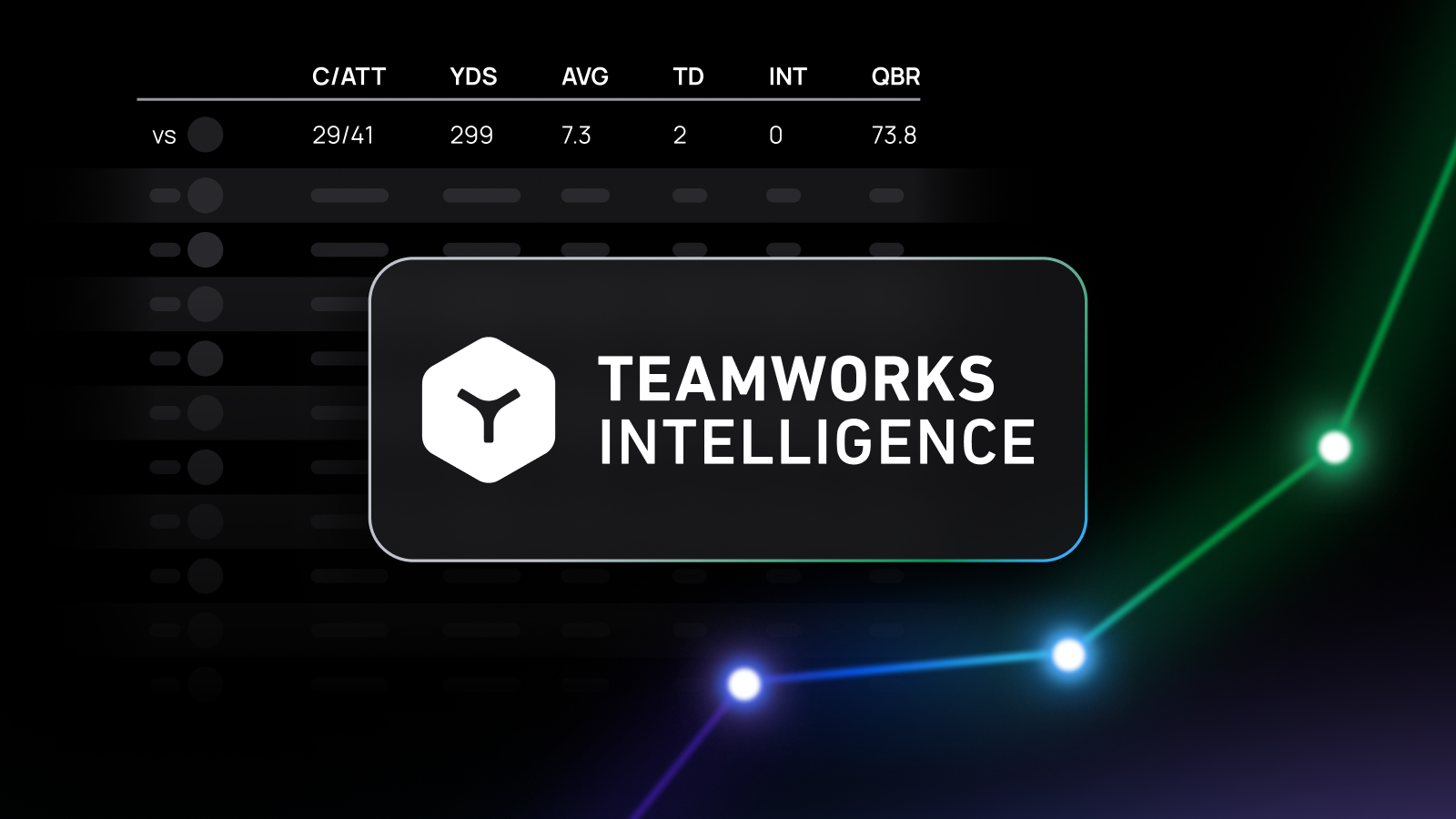Written by Karim Kassam, VP of Product, Teamworks Intelligence
“With the margins in football becoming ever so small, the difference between winning the division and having the first draft pick, making the playoffs or being fired, is a matter of 10 or 15 plays a season.”
This observation from Greg Olsen, former NFL tight end, captures why analytics will become essential in tomorrow’s college football. While the NFL embraced advanced data analysis for player evaluation a decade ago, collegiate programs have solely relied on traditional scouting methods—until now.
The NFL’s player evaluation analytics journey began in the early 2010s. When I joined the Pittsburgh Steelers in 2014, I was one of only 12 dedicated analysts across the league. What followed was a decade-long evolution: from box score analysis to play-by-play data, and finally to sophisticated player tracking systems generating thousands of data points per game. This amount of data now available, when combined with state of the art statistics and machine learning, has incredible potential to transform player evaluation.

At Teamworks Intelligence, our mission is simple: more hits, fewer misses in player evaluation. Every recruit, transfer, or development decision carries significant weight for a program’s success. By applying advanced analytics to the evaluation process, we help programs maximize their hit rate on talent decisions while reducing costly recruitment and development misses.
College football now stands where the NFL was a decade ago in terms of analytical capabilities. But unlike the NFL’s gradual evolution, college programs will compress this timeline dramatically, leapfrogging directly to advanced analytics for talent assessment. The combination of revenue sharing, the transfer portal, and conference realignment has created both urgency and opportunity to better evaluate players.
The teams at the forefront of this revolution will assemble expertise to rival NFL front offices – with the help of Teamworks, some already have. Drawing talent from statistics departments, computer science programs, and professional sports, these new football analytics units will focus on one critical mission: identifying, evaluating, and developing player talent with unprecedented precision. These departments will become as essential as strength and conditioning teams were a generation ago.

For athletic directors and first-time college football general managers, the challenge will be clear: invest in player evaluation analytics now or risk falling behind in an increasingly data-driven sport. What makes this investment particularly compelling is the efficiency it brings to scouting operations. Coaches and scouts spend countless hours reviewing film and traveling to evaluate prospects—Teamworks Intelligence streamlines this process, allowing programs to evaluate more players more accurately with less time and resources. This efficiency is a game-changer for programs looking to maximize their recruiting and development efforts while operating within budget constraints.
Forward-thinking programs will partner with companies like Teamworks Intelligence, which brings together over 70 technical staff, 25 PhDs, and dozens of former team-side R&D leads to deliver NFL-caliber player evaluation analytics to college football.
The player evaluation analytics gap will close faster than anyone anticipates, and the programs embracing this change will gain significant advantages in talent acquisition and development—the lifeblood of college football success.

